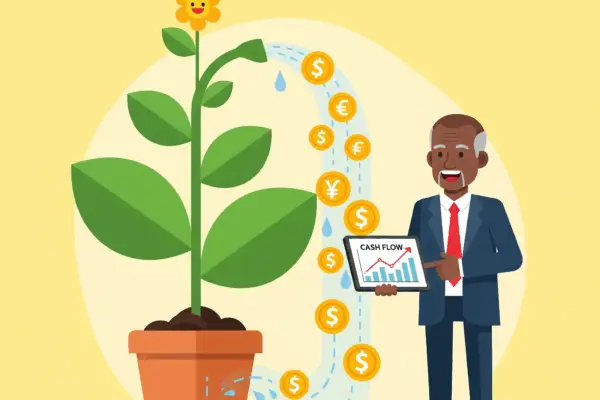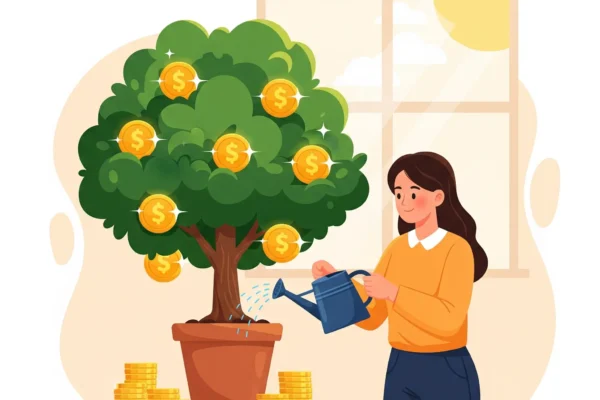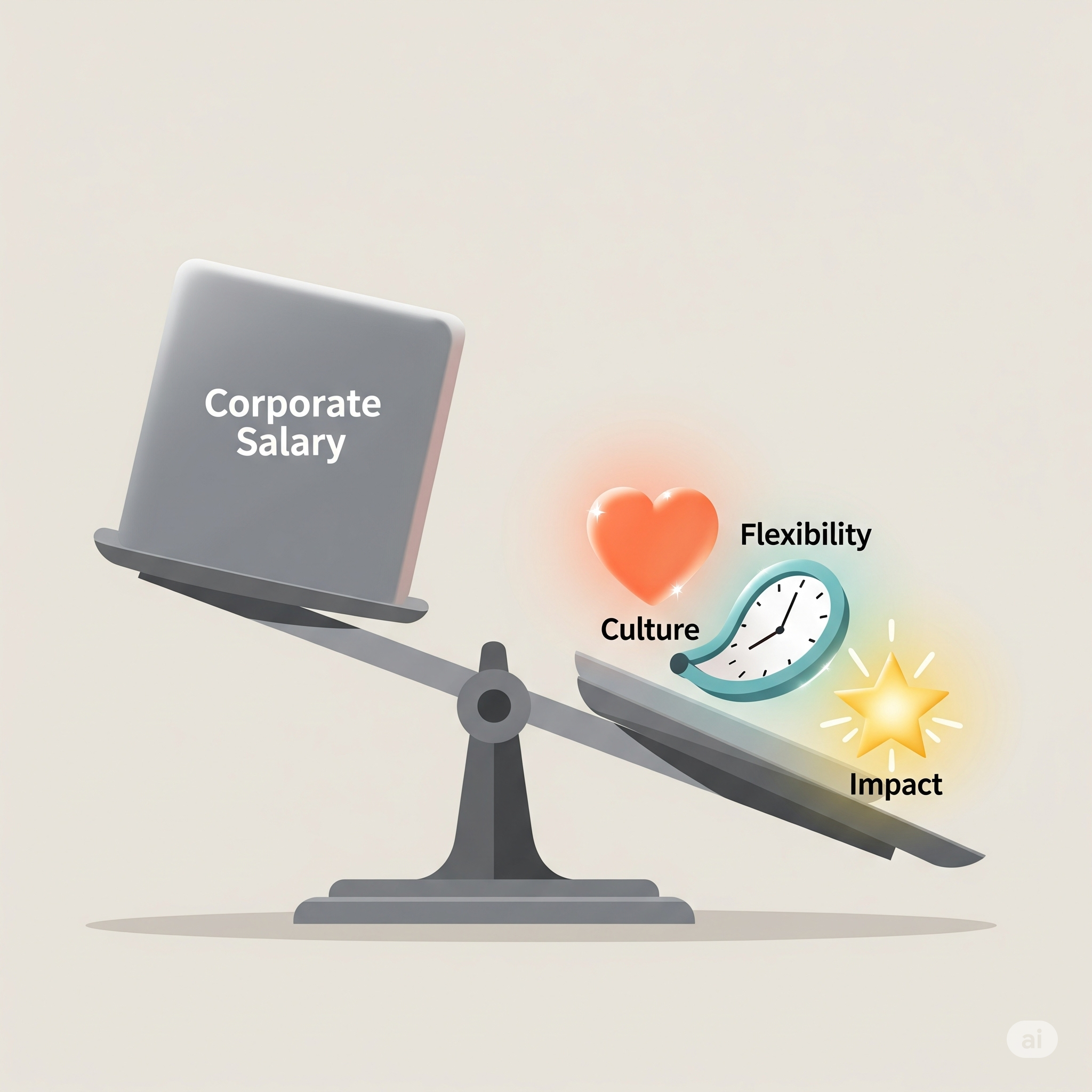As a business leader and someone who has seen countless teams rise and fall, I can tell you that productivity isn’t about squeezing every last drop of effort out of your employees. It’s about creating an environment where they can thrive, where they’re motivated to do their best work, and where they feel valued as human beings. And a big part of that is understanding the importance of “goof-off” time.
Yes, you read that right. Goofing off. Letting loose. Unstructured downtime. It’s not the enemy of productivity; it’s an essential ingredient for it.
The Myth of the Machine: Why Constant Productivity is a Recipe for Burnout
We often fall into the trap of thinking about employees as machines. If we just keep them running, keep them busy, we’ll get maximum output, right? Wrong. Human beings aren’t machines. We have creative minds, emotional needs, and limited reserves of energy. Constant, relentless work without breaks leads to:
-
Burnout: Exhausted, demotivated employees are less productive, more likely to make mistakes, and more likely to leave.
-
Reduced Creativity: Innovation and problem-solving require a fresh perspective. Constant work stifles creativity.
-
Lower Morale: A workplace that feels like a pressure cooker isn’t a place people want to be.
The Goof-Off Advantage: How Downtime Fuels Productivity
Think of “goof-off” time not as wasted time but as an investment. Here’s what it can do for your team:
-
Recharge and Refocus: Stepping away from work allows brains to rest and recharge. Employees return to their tasks with renewed energy and focus.
-
Boost Creativity and Innovation: Sometimes, the best ideas come when you’re not actively trying to generate them. Downtime allows for those “aha!” moments.
-
Improve Collaboration: Informal interactions during breaks can foster stronger relationships and improve communication within teams.
-
Increase Job Satisfaction: When employees feel trusted and respected, and when they’re allowed to be themselves, they’re happier and more engaged in their work.
Mastering the Balance: Practical Strategies for the “Productive Playground”
So, how do you create a workplace where productivity and downtime coexist harmoniously?
-
Embrace Flexible Scheduling: Consider options like flexible hours or compressed workweeks. Allowing employees to adjust their schedules can reduce stress and increase ownership.
-
Encourage Breaks: Make sure employees are taking regular breaks. This isn’t just about stepping away from the computer; it’s about actually disengaging from work.
-
Create a Relaxing Break Area: A comfortable and inviting break room or outdoor space can encourage employees to take real breaks and connect with each other.
-
Promote Social Interaction: Team lunches, coffee breaks, or even quick chats can boost morale and improve communication.
-
Lead by Example: As a leader, show that you value downtime. Take your own breaks and encourage your employees to do the same.
-
Trust Your Team: Micromanaging and constant surveillance breed resentment and reduce autonomy. Trust your employees to manage their time and get their work done.
-
Measure Results, Not Just Time: Focus on output and accomplishments, not just hours worked. If the work is getting done well, give your employees the freedom to manage their own schedules.
The Long-Term Game: Building a Sustainable and Thriving Workplace
Balancing productivity and downtime isn’t about being “nice”; it’s about building a sustainable and thriving business for the long term. A well-rested, engaged, and happy team is a more productive team. And that’s a win for everyone. It shows employees that their employer cares about them as people, not just as cogs in a machine. This will make employees want to stay and do great work for you.






